Top 5 Benefits of Wetlands
Wetlands are vital for human survival. They are among the world’s most productive environments. These benefits become increasingly significant as we continue to lose wetlands throughout the world.
Water Supply and quality
Wetlands has huge impacts on water supply, serving as reservoirs for the watershed and releasing retained water into surface water and ground water. They also improve water quality. As water moves into a wetland, the flow rate decreases, allowing particles to settle out.
Flood control
Wetlands are also important to prevent flooding, as they can absorb heavy rain and release water gradually. Downstream water flows and ground water levels are also maintained during periods of low rainfall. Wetlands help stabilise shorelines and riverbanks. In fact, they control floods much more effectively and efficiently than any floodwall.
Wildlife habitat
Many wetland plants and animals have specific environmental needs. They are extremely vulnerable to change. Some of our endangered plant species depend on wetlands. Most freshwater fish are considered wetland dependent. Many fishes directly rely on wetlands for some point in their life cycle. Fish feed in wetlands or on food produced there. Wetlands serve as nursery grounds for many species whose young take cover there, and many important sport fishes spawn in or near wetlands.
Carbon Sink
If trees are the lungs of the planet, then wetlands are its kidneys. Because the soils found in wetlands can store carbon for hundreds of years, they play an important role in fighting climate change.
Erosion Control
Salt marshes, Riparian wetlands, and marshes located at the margin of lakes protect shorelines and stream banks from erosion. The roots of wetland plants hold soil in place and can reduce velocity of stream or river currents.
Different Threats to wetlands
Wetlands are one of the most dynamic types of landscape. Nowadays, wetlands across the world are subjected to many threats. They have been mentioned below:
Pollution
Concern about pollution in wetlands is growing every day, affecting drinking water sources and biological diversity. Run-off from fertilized crops and pesticides used in industry introduce nitrogen and phosphorous nutrients and other toxins like mercury to water sources. These chemicals can affect the health and reproduction of species, posing a serious threat to biological diversity.
Drainage
Excessive drainage at the verge of wetland can cause a drop in its water level. This can stop the formation of peat and changes the types of plants that grow there. It is not only drainage of wetlands or near wetlands that can affect their water levels. Changes further upstream, such as damming or channeling waterways, can change how much and when water reaches a wetland.
Industrial threats
Commercial development like tourism or agriculture land are major threats to wetlands. In addition, unwise use of freshwater to feed these developments poses a further threat. In all too many places, the amount of water being taken from nature's underground aquifer is far outstripping its ability to replenish itself. The result is that as the water level drops, millions of trees and plants are dying because they are deprived of their life-sustaining supplies.
Road Building
Most river valleys have roads. These structures squeeze rivers by narrowing the floodplain. This destabilizes the river which has less room to meander and therefore has an excess of energy. The roads and railroads also affect drainage from uplands onto the floodplains, and many are built on top of areas that once were wetlands.
Climate Change
Climate change has a great impact on wetlands like any other habitant. In places where the temperature increase is raising the sea levels, the coastal wetlands are being submerged or drowned. In other places where higher temperatures are triggering droughts, the wetlands are also drying out. Thus, wetlands are getting lost both due to higher and lower water levels induced by the varying effects of climate change in different parts of the world.
Invasive species
Alien invasive species have had severe impacts on local aquatic flora and fauna, and can upset the natural balance of an ecosystem. “Alien" invasive species is believed to be one of the greatest global threats to native fish communities and their freshwater ecosystems. Whatever the source, many of these aliens have caused problems worldwide, including the destruction of habitat, introduction of disease and parasites, and predation on or competition with native species of fish.
After all, Wetlands are a natural safe guard against disasters and help us cope with extreme weather events. Well managed wetlands ensure communities are resilient and can bounce back from disasters.






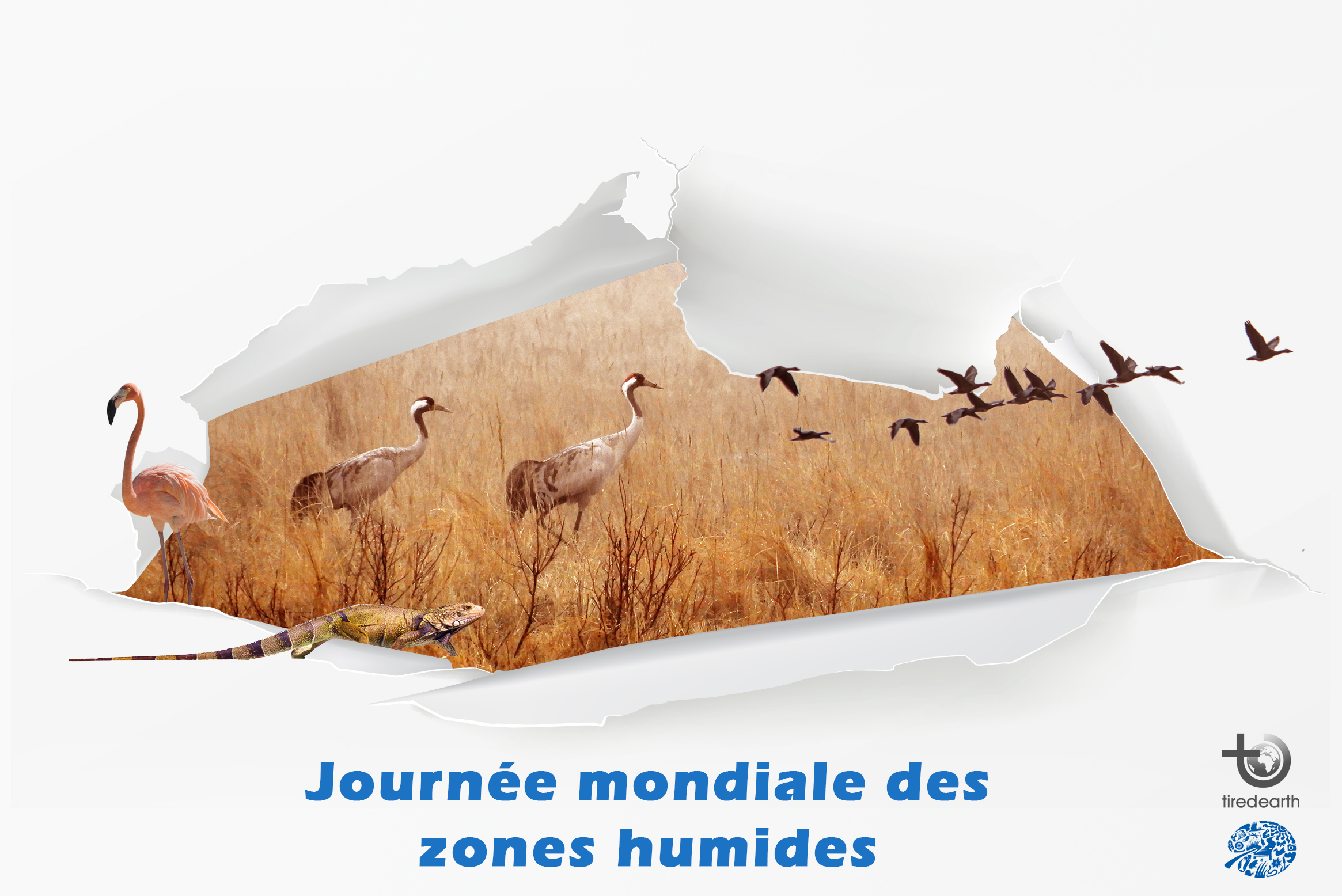
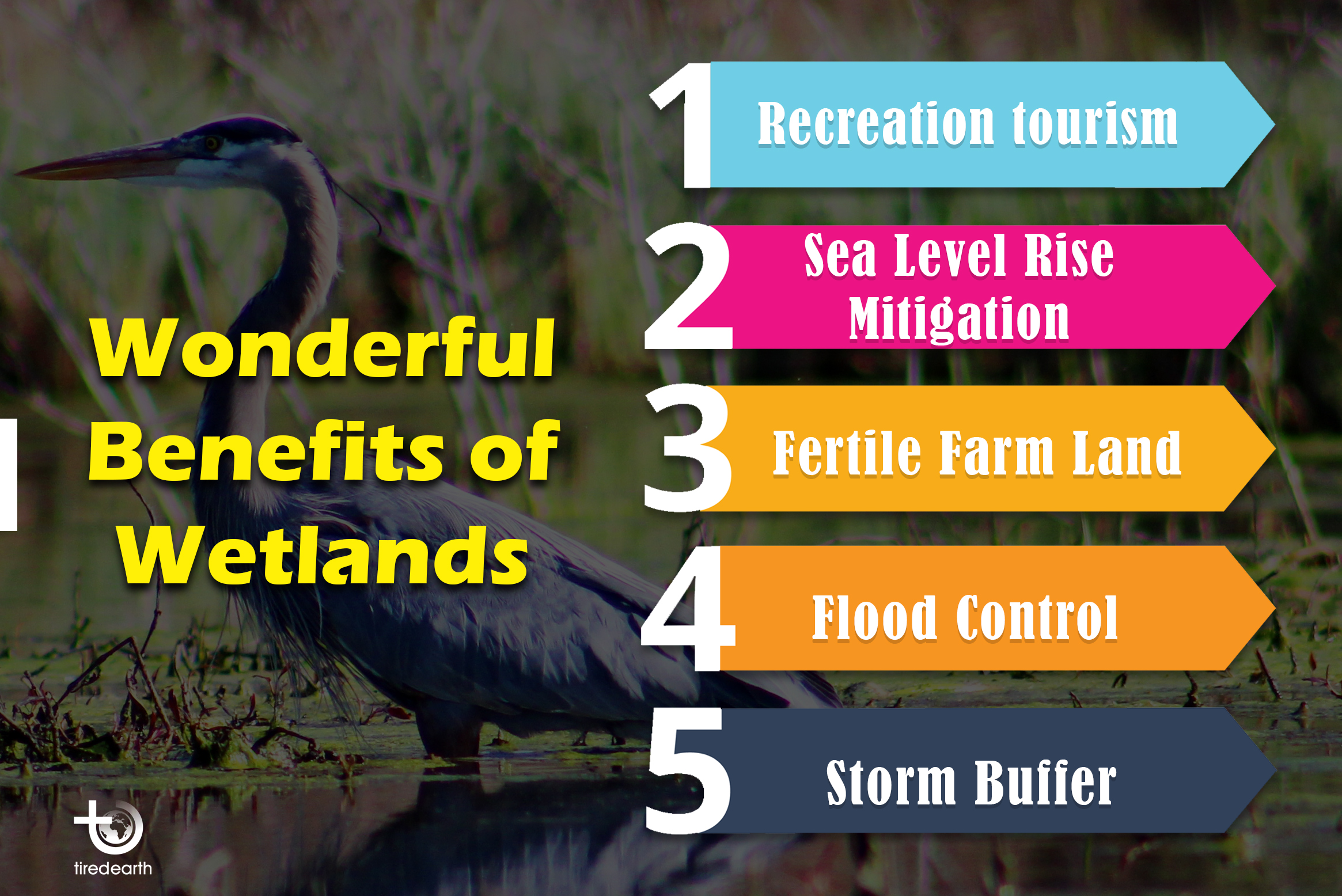
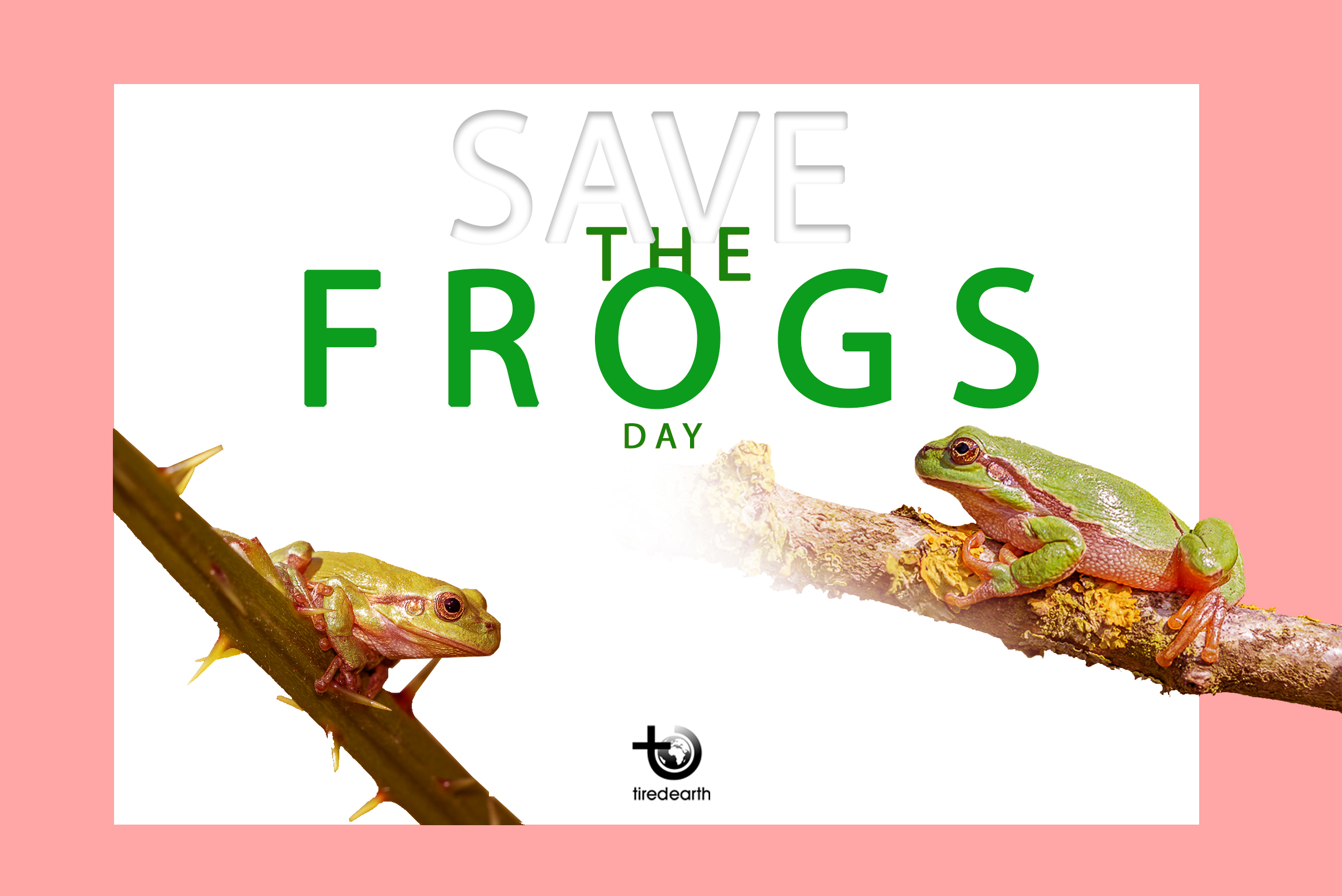
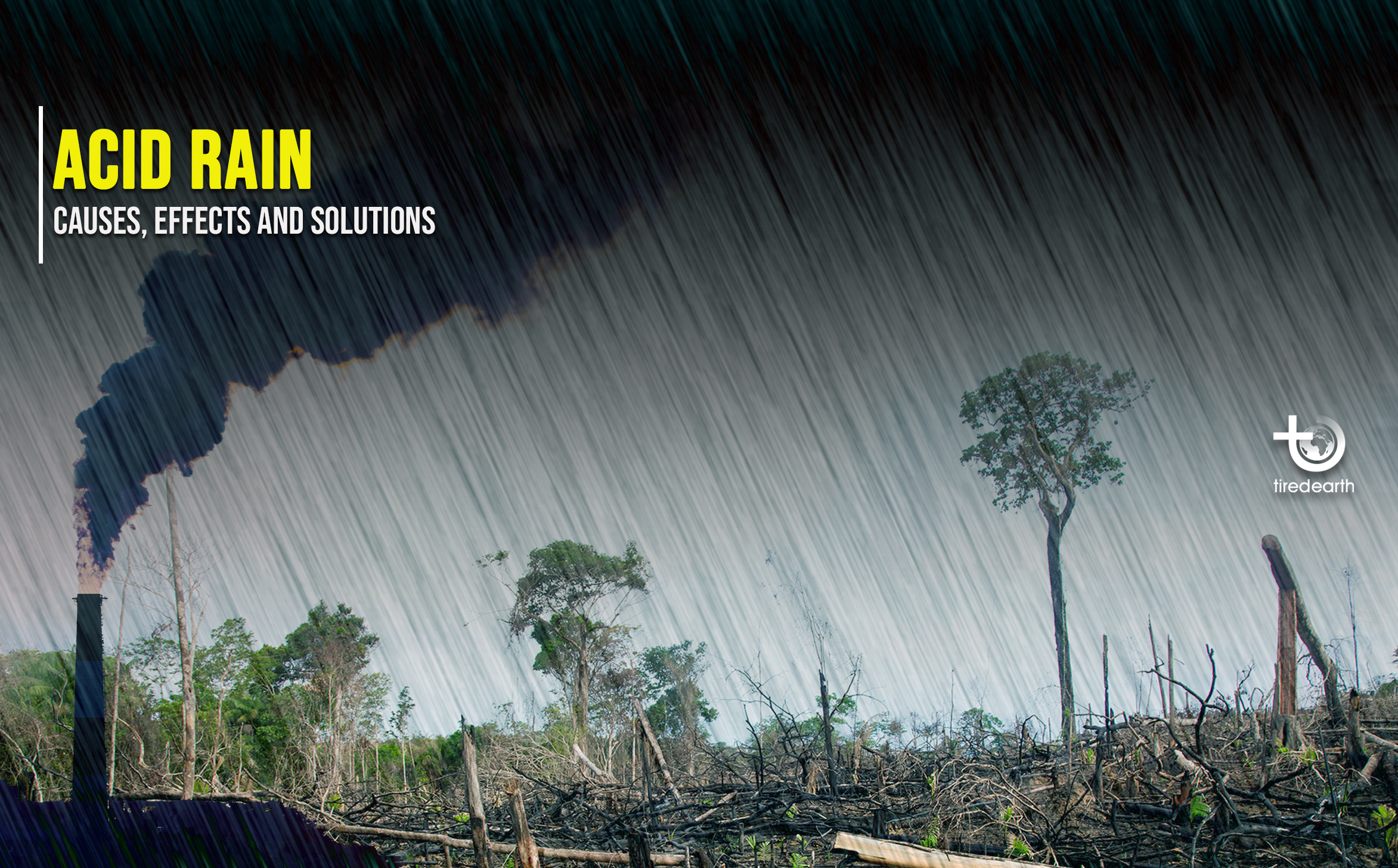

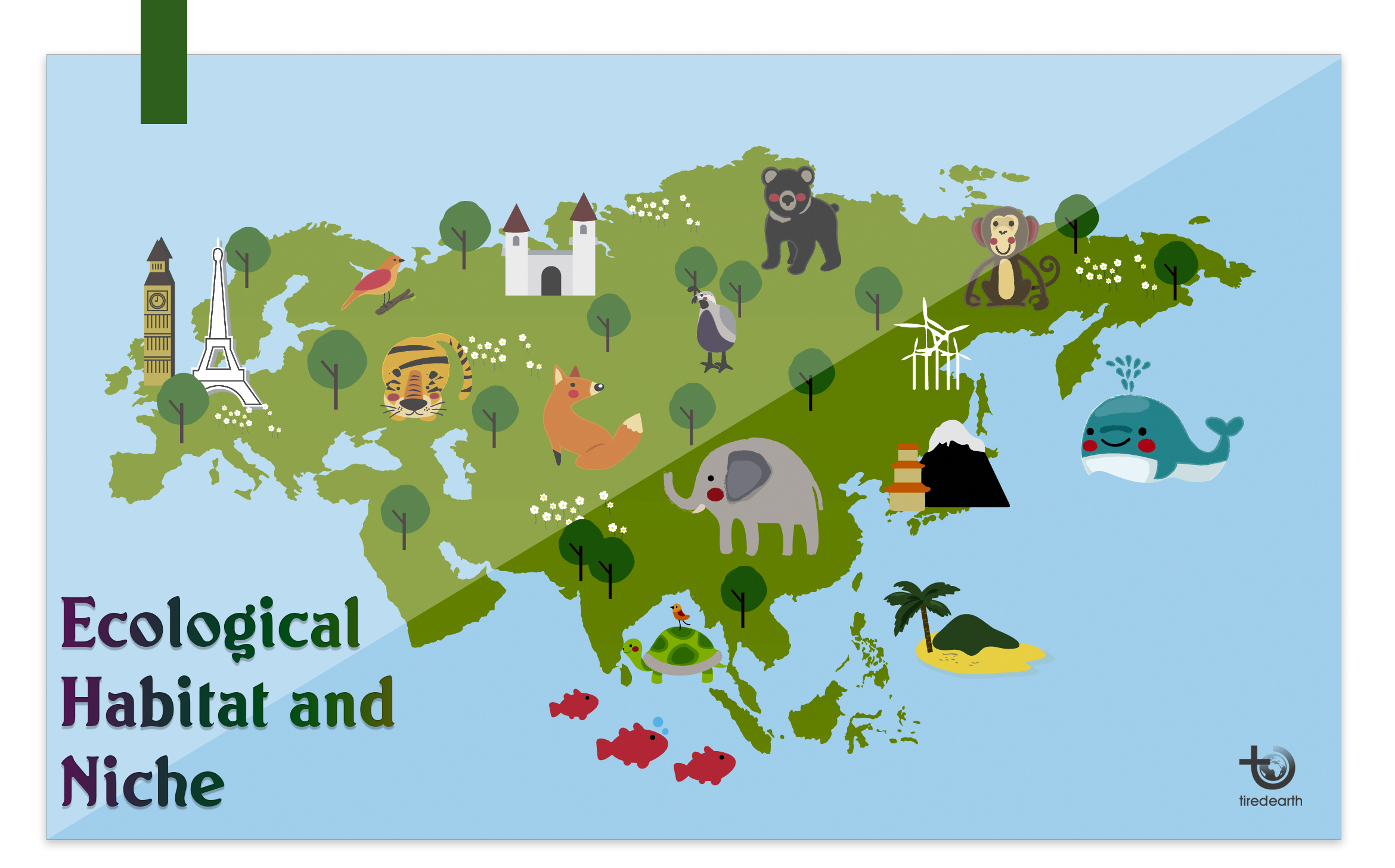
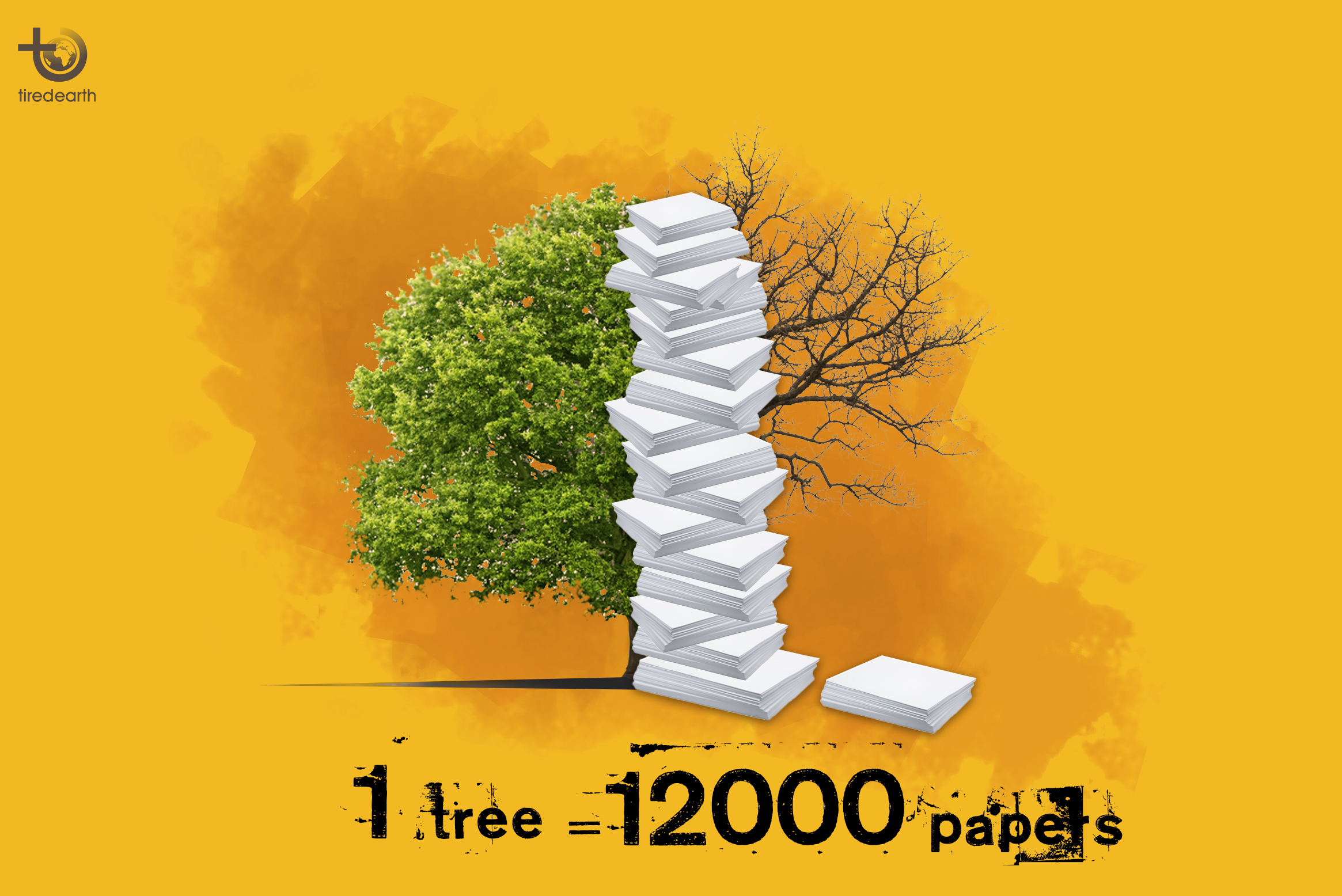
Comment
Reply